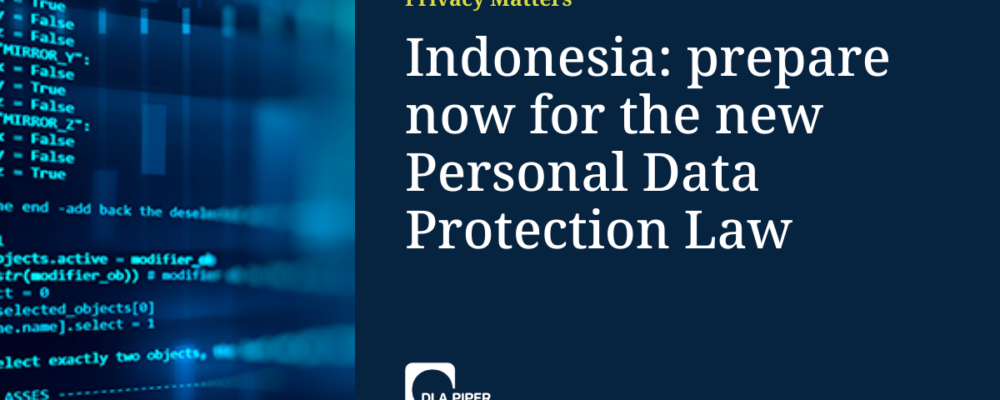The Select Committee on Artificial Intelligence (“AI”) of the National Science and Technology Council have recently released their latest update to the US Government’s National AI Research and Development (“R&D”) Strategic Plan (the “Plan”). Updated to account for the substantial developments in technology, the Plan sets out a comprehensive blueprint to ensure the US remains at the forefront of the AI industry.
The Plan sets out several strategies that not only underscore the nation’s leadership, but also tackle the ethical, legal, and societal implications of AI as it increases in prevalence throughout the US and wider society.
The Plan, alongside other developments, such as the White House’s Office of Science and Technology Policy’s Blueprint for an AI Bill of Rights and the Chips and Science Act (each tasked with encouraging development of responsible and innovative AI in the US), is the latest push from the US Government in leading the way in regulatory and technological innovation throughout the world.
The Plan sets out 9 thematic strategies in order to push forward their future goals:
- Make long-term investments in fundamental and responsible AI research;
- Develop effective methods of human-AI collaboration;
- Understand and address the ethical, legal, and societal implications of AI;
- Ensure the safety and security of AI systems;
- Develop shared public datasets and environments for AI training and testing;
- Measure and evaluate AI systems through standards and benchmarks;
- Better understanding of the national AI R&D workforce needs;
- Expand public-private partnerships to accelerate AI advances; and
- Establish a principled and coordinated approach to international collaboration in AI research.
The cornerstone of the Plan’s latest version revolves around encouraging and investing in fundamental and responsible AI research and development. To harness the full potential of AI, the document emphasizes establishing public-private partnerships and developing methodologies for effective human-AI collaboration. This includes additional funding for several key agencies in the fields of science and AI, including the National Science Foundation, the National Institute of Standards and Technology, and the Department of Energy’s Office of Science.
In addition to a direct focus on maintaining leadership and innovation in AI, the Plan also identifies the necessity of appropriate risk management and cybersecurity measures to ensure the safety and security of AI systems at an organizational and technical level. Furthermore, the plan recognizes the necessity of evolving AI’s perceptual capabilities and the importance of advancements in hardware for improved AI performance.
This latest version of the Plan gives particular attention to shared public datasets and environments for AI training and testing and the measurement and evaluation of AI systems through established standards and benchmarks. This underscores an increasing public awareness and demand for the democratization of access to resources and the need for standards that certify AI systems as trustworthy and unbiased.
Addressing the future of work, the Plan also acknowledges the importance of understanding the AI workforce to fill gaps and disparities and to develop training and educational programs to meet the growing demand for AI professionals.
In a more outward-facing strategy, the Plan also highlights the importance of international collaboration in AI and commits the US towards wider global cooperation. In addition to creating a more harmonized cross-regulatory map for organizations to navigate, the committee emphasizes the significance of an expert AI workforce and the need to strengthen capabilities within the US. to compete against other jurisdictions to attract and retain organizations throughout the multiple levels of the AI supply chain.
The Plan is a testament to the US’s long-term commitment to pioneering AI technology while considering its societal impact. It provides a redefined roadmap, not only for the scientific community, but also policymakers, educators, and businesses in shaping the future of AI and emphasizes the importance of a shared vision and collective effort to harness the full potential of AI technology.
How can organizations prepare themselves for some of the Plan’s developments?
While the Plan focuses on each of its strategies from a high-level perspective, organizations would be encouraged to become familiar with the direction of travel they are beginning to take. Early consideration of key concepts and components of the US Government’s wider strategy will allow organizations to flex their use of AI and surrounding policies to meet the needs of future regulations while ensuring that any benefits from government intervention can also be received. Organizations would also be encouraged to consider whether their current workforce meets the needs identified throughout the Plan and, if not, consider whether future investment in talent with AI expertise may benefit their commercial plans in the long term.
DLA Piper
Please visit the firm link to site





